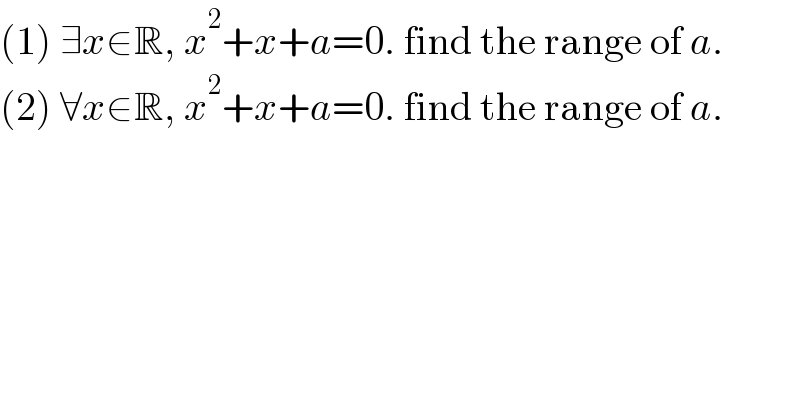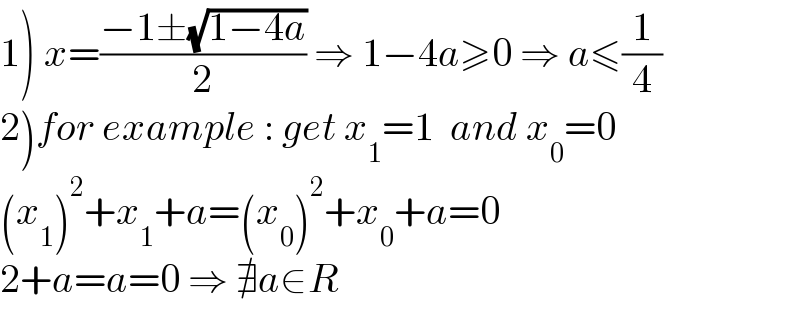
Question and Answers Forum
Question Number 175943 by CrispyXYZ last updated on 10/Sep/22

Answered by mahdipoor last updated on 10/Sep/22

| ||
Question and Answers Forum | ||
Question Number 175943 by CrispyXYZ last updated on 10/Sep/22 | ||
 | ||
Answered by mahdipoor last updated on 10/Sep/22 | ||
 | ||
| ||